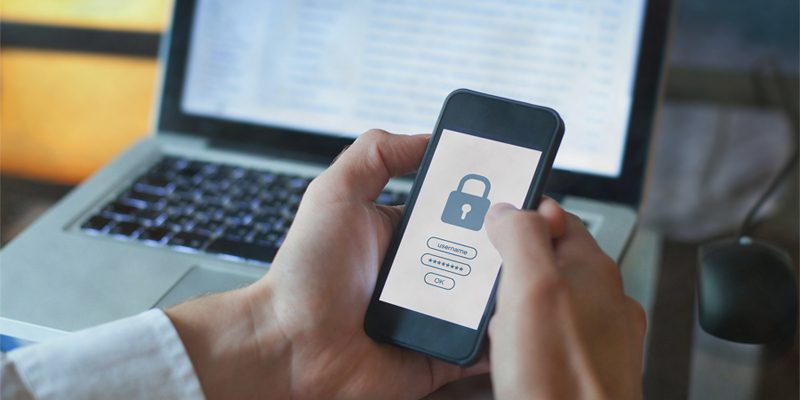Thousands of consumers fall victim to fraud daily.
From phishing schemes to imposters pretending to be your bank, there are no shortage of scams, and you need to remain vigilant in order to protect yourself, your information and your bank accounts.
Here are some tips and details on common scams to help protect yourself.
Check Fraud
Check fraud, specifically altered check claims, has been on the rise in recent months. In many instances, checks are stolen from mailboxes or obtained in other nefarious ways, and criminals then wash and change the payee and amount.
In some instances, criminals who buy or steal IDs and checks will even look for someone resembling you to send to the bank in an effort to cash checks or withdraw money from your accounts.
In response to this increasing risk, consumers can take precautions such as:
- Using digital channels for banking transactions whenever possible.
- Monitoring your accounts closely to ensure the accuracy of all transactions.
- Mailing checks by going directly to the Post Office instead of placing them in the local mailbox.
- Notifying your financial institutions immediately if you think you’ve been the victim of fraud.
Phishing & Spoofing
Phishing scams through emails, text messages and phone calls are also on the rise in recent years. These scams try to get you to provide sensitive information, send money or click a link that will allow viruses or malware to infiltrate your computer or mobile device to give criminals access.
Some criminals will also “spoof” legitimate phone numbers for your financial institution or other businesses to give the appearance the call you receive is legitimate and then attempt to get you to provide personal and financial information.
Some common red flags to help you spot phishing and spoofing scams:
- Your bank would not ask you to confirm your account number, PIN, password or any other personal information via email, text or voice call.
- Avoid clicking suspicious links.
- If someone calls and asks for your banking information, hang up immediately and call your bank directly at the number found on your debit card or their website.
Protect Your Devices
Whether on a desktop, laptop or mobile device, it is critical to ensure your software, operating systems, antivirus and anti-spyware programs and browsers are up-to-date.
Use private internet connections – something that is more important than ever with many working remotely – to keep your data safe.
Some scammers impersonating your bank or customer support will ask you to download an app to mirror your phone, allowing them to steal your account information. Only download trusted apps, never ones you’re told to download by an unsolicited phone call, text message or email, and enable multi-factor authentication wherever possible.
Peer-To-Peer Payments
With the rise in use of person-to-person payment apps like Zelle and Venmo, it is important to ensure you know you’re sending money to the correct person before transferring any funds.
If you’re sending money to a friend or family member using a mobile payment app, double-check you have the right person before hitting send. Consider having the person send you a request for payment or sending a small amount like a dollar prior to sending the full amount to ensure the funds are reaching who you intended.
A common scam is for thieves to have you send payment for an item they’re selling and then never send the item you purchased or to pay you for something you’re selling before cancelling the payment, leaving you on the hook for the item you sold. It is important to only use these payment services with those you know and trust.
If Your Accounts Have Been Compromised
If you think you’re the victim of fraud, there are a few steps you should take immediately, including:
- Contact your banks and credit card companies to freeze your accounts, place a stop payment on missing or stolen checks, report any instances of fraudulent charges, get new cards and account numbers.
- Stop using your computer or mobile device if it has been compromised and get it professionally wiped.
- Change usernames and passwords to all of your email, shopping, online banking and social networking accounts.
- Place a fraud alert on your credit reports by contacting all three major credit bureaus: Equifax, Experian and TransUnion.
- Contact the Social Security Administration if you suspect that your Social Security number has been compromised.
- File a police or identity theft report as well as a report with the Federal Trade Commission, which maintains a database of identity theft cases used by law enforcement for investigations.
Unfortunately, there are no shortage of scams out there, requiring constant vigilance. With the help of the tips above and by staying in-the-know about the latest fraudulent schemes, you should be able to protect yourself and your wallet.

Helping you boost your financial intelligence.
Read our financial resources from your friends at WSFS.




